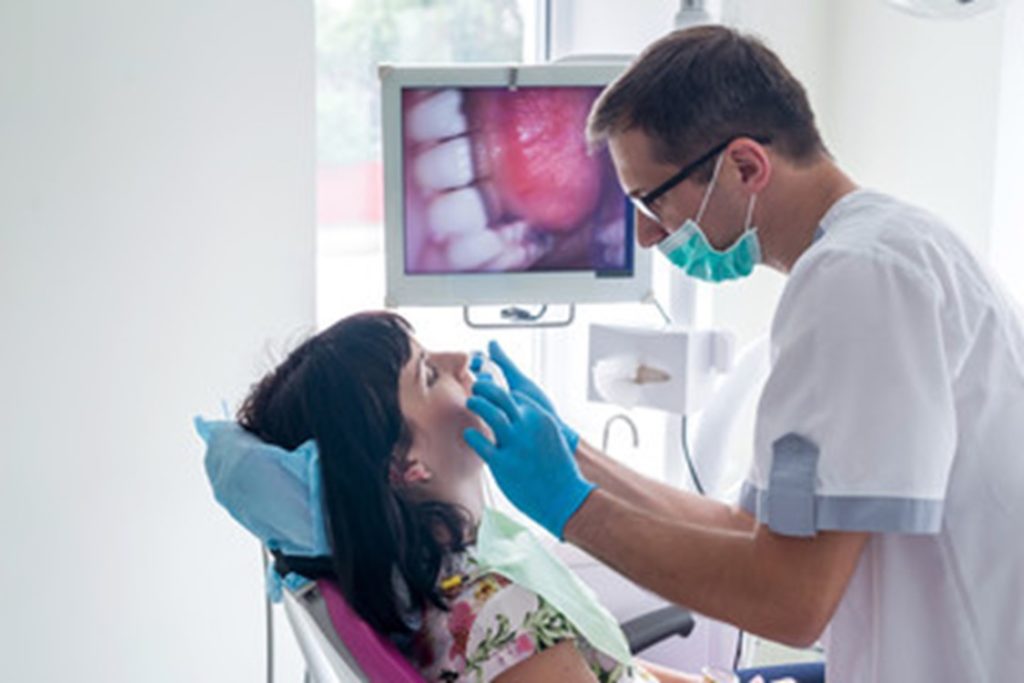
Dental bridges are a common method of replacing missing teeth, using crowns or implants for support. They bridge the gap between one or more pearly whites and last at least five years and up to 15 in some cases. Though they are very durable, bridges can sometimes become dislodged. Keep reading as we explore why this happens and what to do next.
#1: Tooth Decay
The artificial tooth and dental crowns in a dental bridge are cavity-resistant, but the natural teeth beneath them can still develop decay. If oral hygiene habits like irregular brushing and flossing allow plaque to build up, cavities may form. As decay advances, it can weaken the underlying teeth, potentially causing the dental bridge to fail.
#2: Gum Disease
Advanced tooth decay can lead to gum disease, and severe gum infection can result in tooth loss. If the teeth supporting the bridge are lost, it can cause the dental bridge to fail.
#3: Irregular Bite Pattern
A bite pattern imbalance, with one part of your bridge too high or low on the chewing surface, can lead to uneven pressure distribution. This imbalance could eventually cause the bridge to loosen or detach.
What to Do If Your Dental Bridge Fell Out
In the event that your dental bridge becomes dislodged, take these steps to address the situation promptly and effectively:
- Step #1: Stay calm – Staying calm and taking a deep breath is crucial. In case of an accident, your emergency dentist is prepared to manage the situation and provide the needed assistance.
- Step #2: Call your dentist – Once you’ve collected yourself, reach out to your dentist without delay. Clearly explain the situation, and they will offer guidance and help you schedule an appointment to reattach the bridge.
- Step #3: Keep it safe – Place the bridge in a protective storage case or a plastic sandwich bag to keep it safe until your dentist can evaluate and resolve the problem.
- Step #4: Be careful – If your dental bridge loosens outside of your dentist’s regular hours, refrain from chewing on that side of your mouth. Additionally, be cautious when consuming very hot or cold foods and drinks to minimize sensitivity until you can consult with your dentist.
Discovering that your dental bridge has become loose can be concerning, but your emergency dentist will assess the situation carefully and recommend the necessary treatment. Consistently practicing good oral hygiene can help lower the risk of dental bridge failure, ensuring the enduring beauty and health of your smile!
About the Practice
At Columbus Dental Arts, we take immense pride in offering customized dental care that caters to each patient’s unique needs, aiming to enhance, fortify, and rejuvenate smiles. Our proficient team is dedicated to delivering comprehensive and individualized dental services for patients spanning all age groups. Should you encounter challenges like a dislodged dental bridge, our experienced team will expertly assist you in restoring your smile. To schedule an appointment or delve deeper into dental bridges, visit the Columbus Dental Arts website or contact our office at (609) 324-9500.
